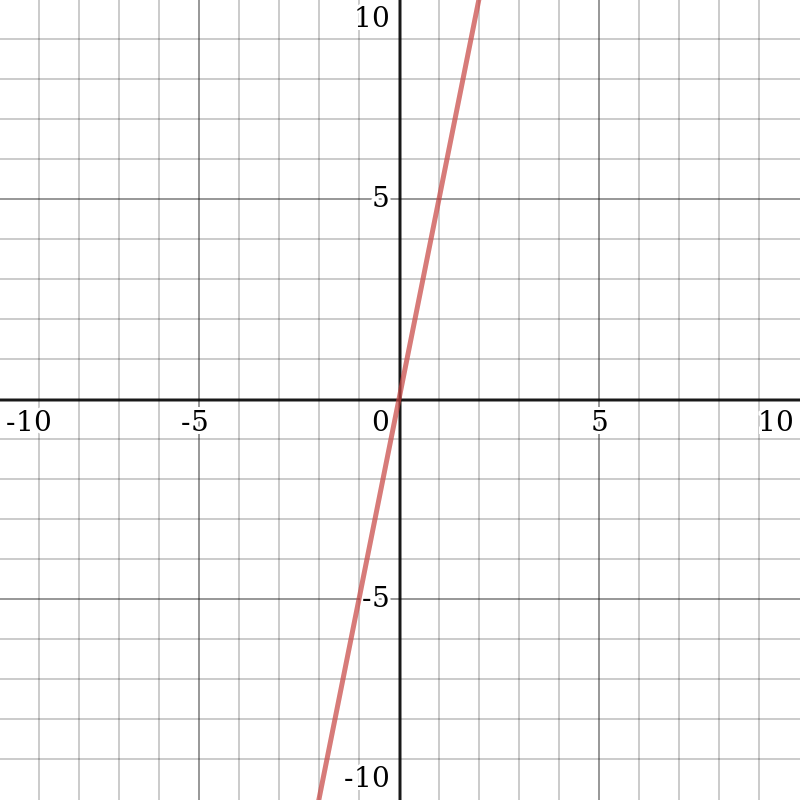The linear activation function, y = c x, is a straight line and is proportional to the input (that is, the weighted sum on this neuron). Such a choice of activation function allows us to get a range of values, not just a binary answer. We can connect several neurons and if more than one neuron is activated, the decision is made based on the choice of, for example, the maximum value.
The following diagram shows what the linear activation function looks like:

The derivative of y = c x with respect to x is c. This conclusion means that the gradient has nothing to do with the argument of the function. The gradient is a constant vector, while the descent is made according to a constant gradient. If an erroneous prediction is made, then the backpropagation error's update changes are also constant and do not depend on the change that's made regarding the input.
There is another problem: related layers. A linear function activates each layer. The value from this function goes to the next layer as input while the second layer considers the weighted sum at its inputs and, in turn, includes neurons, depending on another linear activation function. It doesn't matter how many layers we have. If they are all linear, then the final activation function in the last layer is just a linear function of the inputs on the first layer. This means that two layers (or N layers) can be replaced with one layer. Due to this, we lose the ability to make sets of layers. The entire neural network is still similar to the one layer with a linear activation function because the linear combination of linear functions is another linear function.
